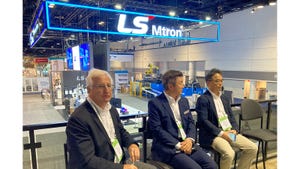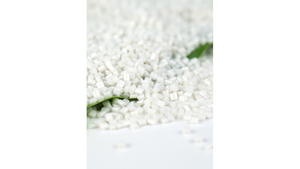#15 Business of Molding:
July 1, 1997
Editor's note: This series of articles on business relationships of custom molders is from consultant Bill Tobin, of WJT Assoc.
Recently I was asked by a client "Why didn't we get the job?" He had been sent a set of prints from a new customer and was asked to provide tooling and quote production. However, some of the dimensions were toleranced impossibly low: +.001 inch and as low as +.0005 inch in ABS. My client prided himself on being a high-precision small part molder and thought he would be able to get the job. However, with this kind of tolerancing, the yield rate would be low, and he anticipated a larger than normal amount of rejects.
A few weeks after the bids were due in, he got a letter from the buyer that was particularly enlightening. All the bidders were given a letter "A," "B," or "C." The buyer then constructed a chart showing the tooling and molding prices. This allowed everyone to see how he did compared to the competition. When you see one of these, with a little backwards algebra you can see if your press rates are competitive and your tooling prices are in line with the current mold building environment. My client's tooling prices were OK. However, his part prices were between 40 to 70 percent higher than the low bidder.
What was the reason? The problem was the prints. Designers are generally ignorant (in the kindest sense) of what plastic can do and about what kind of tolerances are practical. Thus, they do the tolerancing of all other mating parts and then do the stack tolerancing of the entire assembly. It is usually the plastic part that gets whatever tolerance is left over from the other parts.
Because plastic parts tend to be flexible, they usually have a self-compliant property called creep. They can be jammed, swaged, and squashed into places a diecast part would not tolerate. This is done at the peril of a product failure, but usually with a few modifications things can be adjusted so the product functions.
While you will almost have to hold a designer at gunpoint to get him to admit this, he does not care if the molded part you produce is to print. What he wants is a product that works. Thus, product function is primary, product consistency is equally important, and parts to print are nice but not necessarily important. This presents some opportunities to those who quote parts.
1. Do not insult the designer by providing a one-page quote with five pages of exceptions and a marked up print. Send your quote with a simple notation that it is based on SPI Fine tolerancing for the material or whatever tolerance classification is appropriate.
2. Partner with the designer whenever you can.
3. Remind folks of the following truths:
You cannot mold consistently nor can you measure +.0005 inch in molding plastics.
There is no such thing as zero draft - everyone puts in some draft.If you SPC your parts and 19 out of the 24 parts do not show any measurable difference in dimensions, your statistics are faulty. There is not enough variance to draw any conclusions. Nineteen out of 24 should show a variance, not the reverse. It is smarter to build to the minus side of the wall stock tolerance. It is steel safe and more prone to inexpensive adjustment. More importantly, thinner wall stocks use less plastic and process quicker.While stainless steel does not rust, its ability to conduct heat is 30 percent less than conventional tool steels. If rust is a problem, flash chrome or nickel plate the tools.Make sure the RFQ has something about how the tool will be qualified and how the production parts will be inspected. Functional, dimensional, or statistical qualifications as well as inspections will vastly impact your price. If your customer is only interested in parts that work, duplicate sets of gauges that are exchanged every six months between your QC and his incoming inspection department will avoid unnecessary false rejects.Quote apples-to-apples, so that everyone quotes the same type of tooling with the same cavitation. Ask for feedback from all the molders who provided tooling and part prices; it is good form.Most important: Once you've got the job, make sure everyone knows the definition of a good part. This will avoid wasted production, false rejects, and miscommunication.
Quoting off the print is fine when everyone else is doing the same thing. However, you need to give the print a sanity check. Too many people look at it and quickly decide no one can or will measure some of the impossible tolerances and bid accordingly. It is these people who get the job because they will work closely with the customer to get the part modified once the product has been approved. While not cricket, that's how it is. If, however, you can teach your customer how to do it right in the first place, you'll avoid these practices.
You May Also Like


